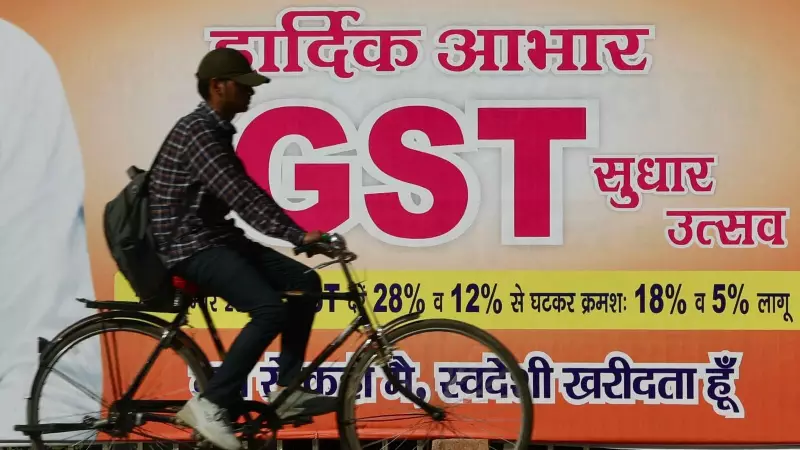
The much-anticipated GST rate reductions on essential consumer goods have finally arrived, but there's a catch that's leaving consumers puzzled. While the government's tax relief measures were expected to bring immediate price drops, ground reality tells a different story.
The Implementation Gap
Across local markets and neighborhood stores, the promised price reductions are moving at a snail's pace. Small retailers, who form the backbone of India's retail ecosystem, are taking significantly longer to adjust their pricing compared to organized retail chains and e-commerce platforms.
Why the Delay?
The reasons behind this implementation lag are multifaceted:
- Inventory management challenges: Small retailers are struggling with existing stock purchased at pre-reduction tax rates
- Accounting complexities: Many lack sophisticated systems to quickly recalculate prices across their product range
- Working capital constraints: Absorbing tax cuts means reduced profit margins until old stock clears
- Awareness gaps: Some smaller merchants remain unaware of specific rate changes affecting their products
Organized vs Unorganized Retail Divide
The contrast between organized retail and local stores is striking. Large supermarket chains and e-commerce giants implemented new pricing almost immediately, leveraging their advanced inventory and pricing systems. Meanwhile, the local kirana store owner is taking days, and in some cases weeks, to make the transition.
Consumer Perspective
Shoppers expecting immediate relief are finding themselves in a confusing situation. "I read about GST cuts in newspapers, but when I went to my local store, prices were the same," shares Ramesh Kumar, a regular consumer from Delhi. "The shopkeeper said he needs to sell his existing stock first."
The Road Ahead
Industry experts suggest that while the delay is temporary, it highlights structural challenges in India's retail landscape. The transition period could last several weeks as smaller retailers work through existing inventory and gradually implement new pricing structures.
The government's push for digital payments and GST compliance among small businesses is expected to eventually streamline such transitions. However, for now, consumers might need to exercise patience as their neighborhood stores catch up with national tax policy changes.
What Consumers Can Do
- Verify current GST rates for specific products through official channels
- Politely inquire about expected price adjustments with local retailers
- Consider that smaller businesses need time to adjust their pricing systems
- Keep receipts to compare pricing across different retail formats
The GST rate cuts represent a significant step toward making essential goods more affordable, but their full impact will only be realized once the entire retail chain synchronizes with the new tax structure.





